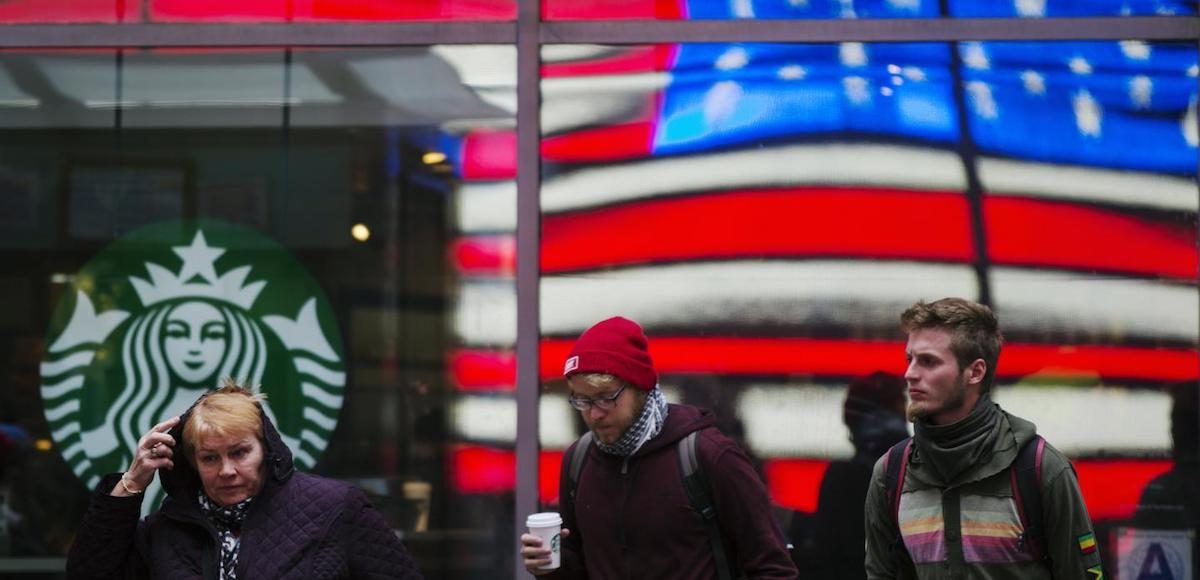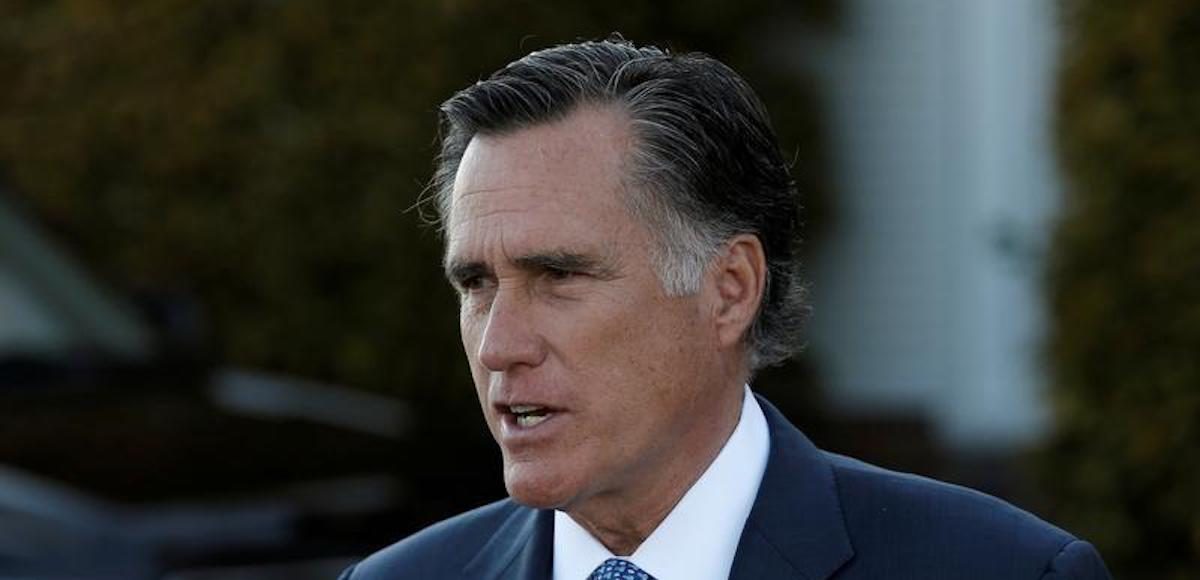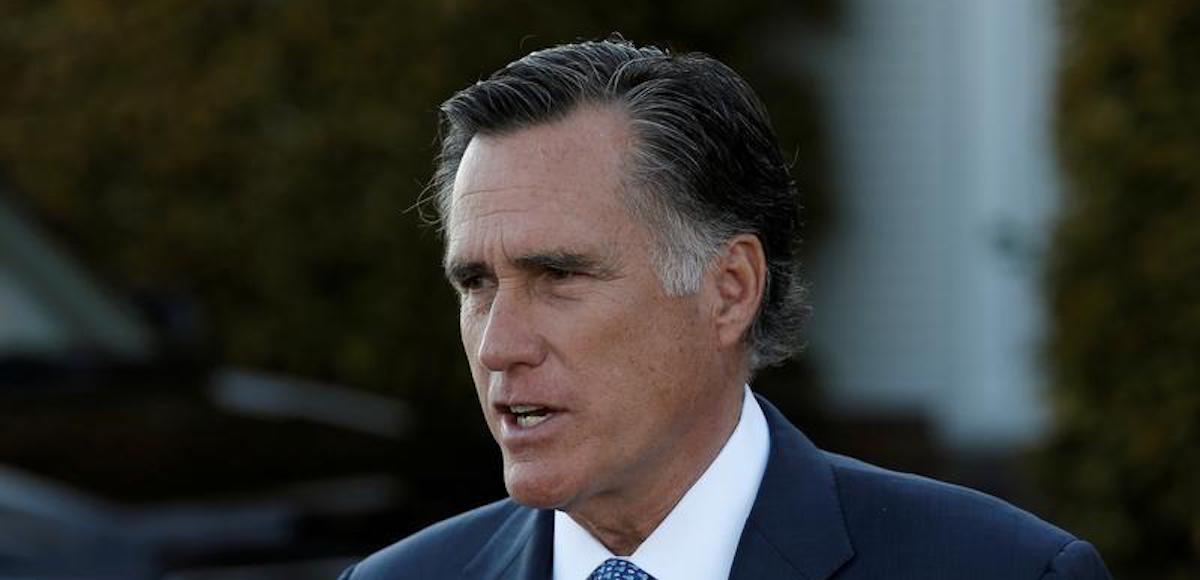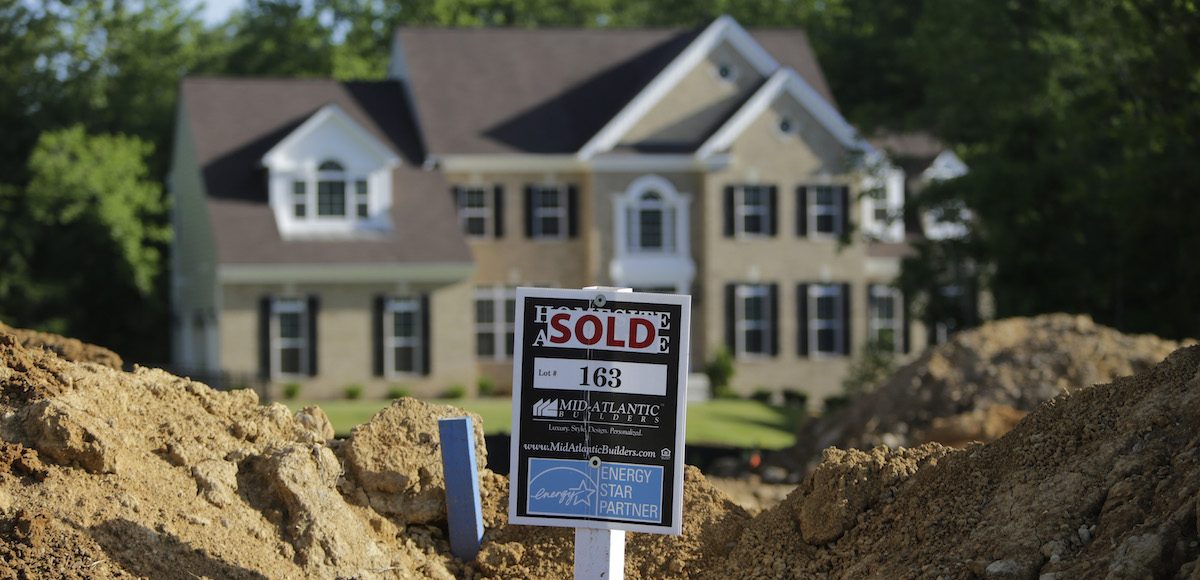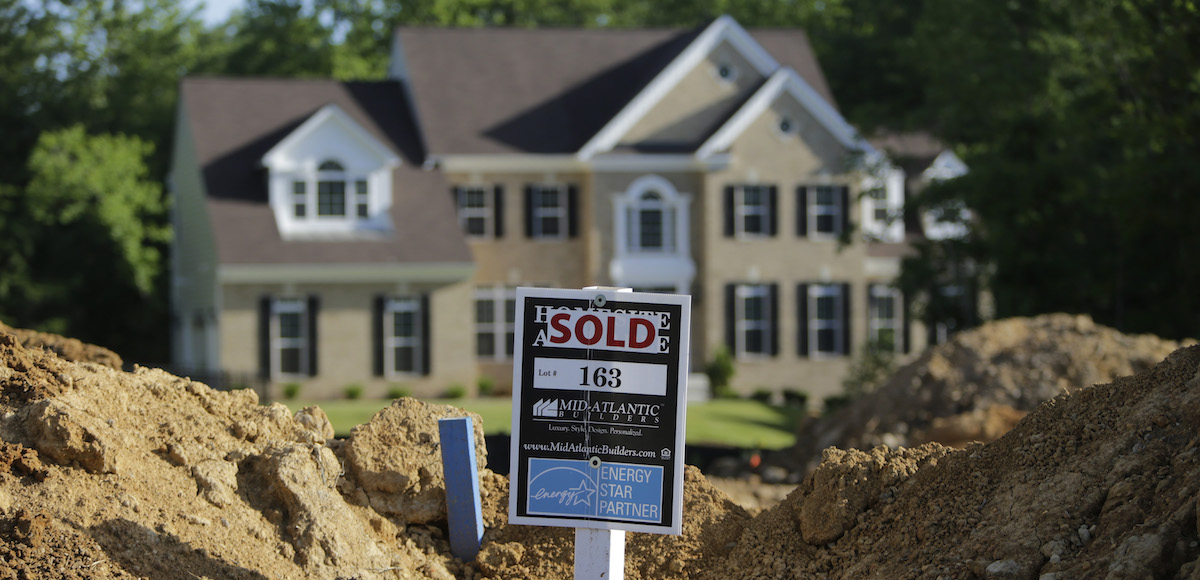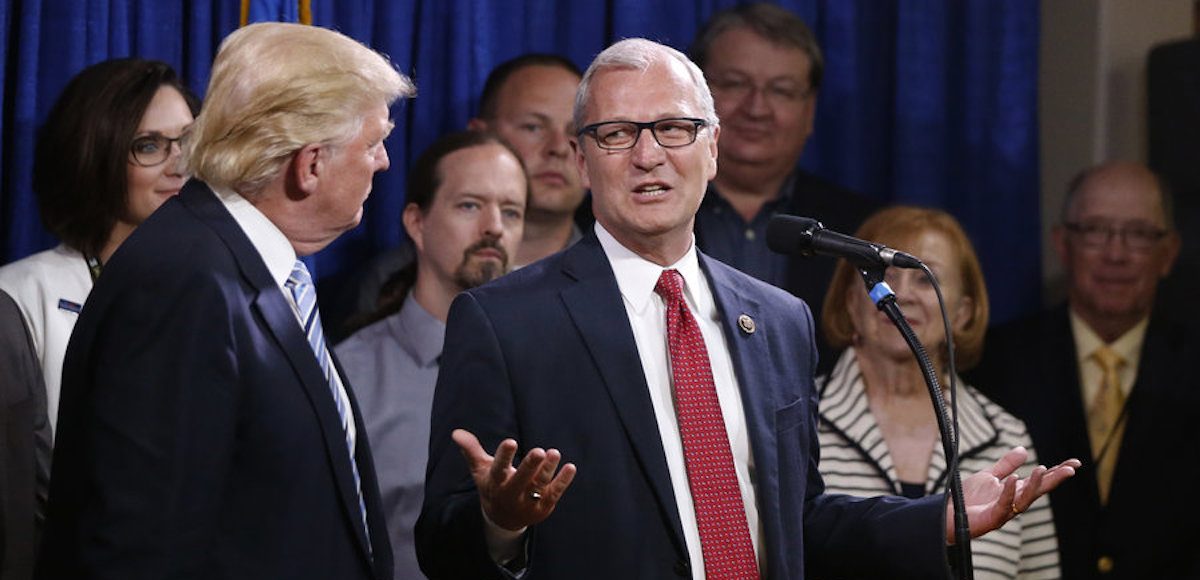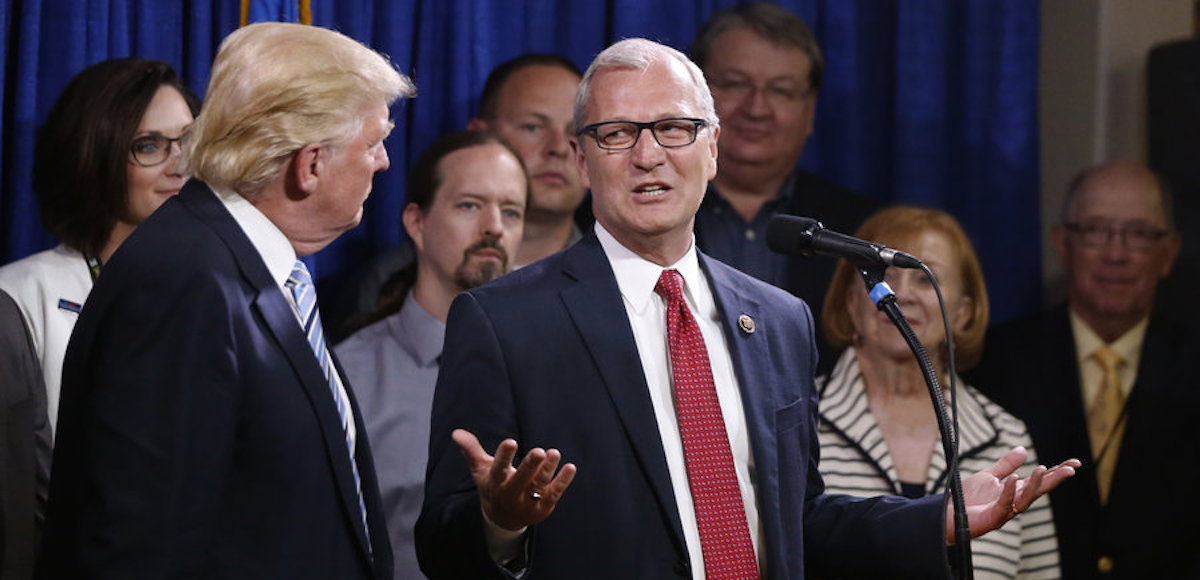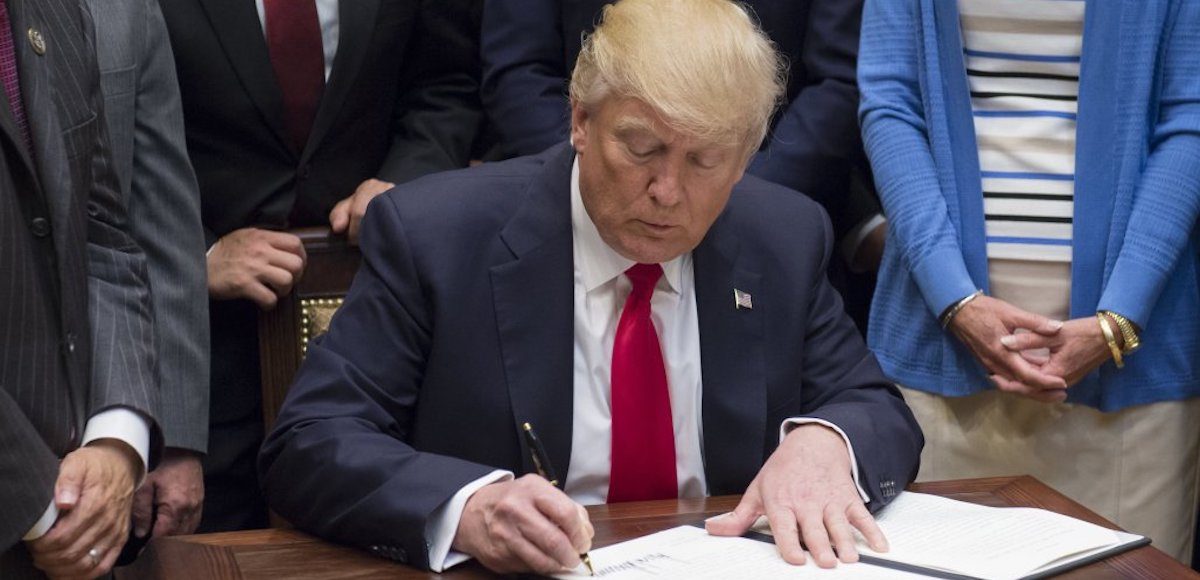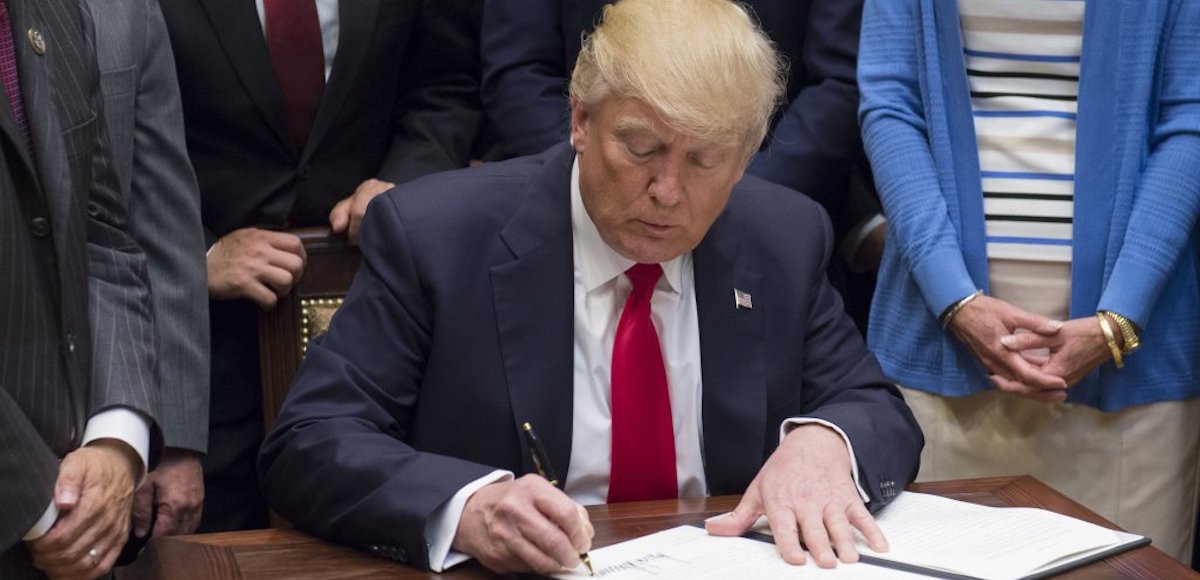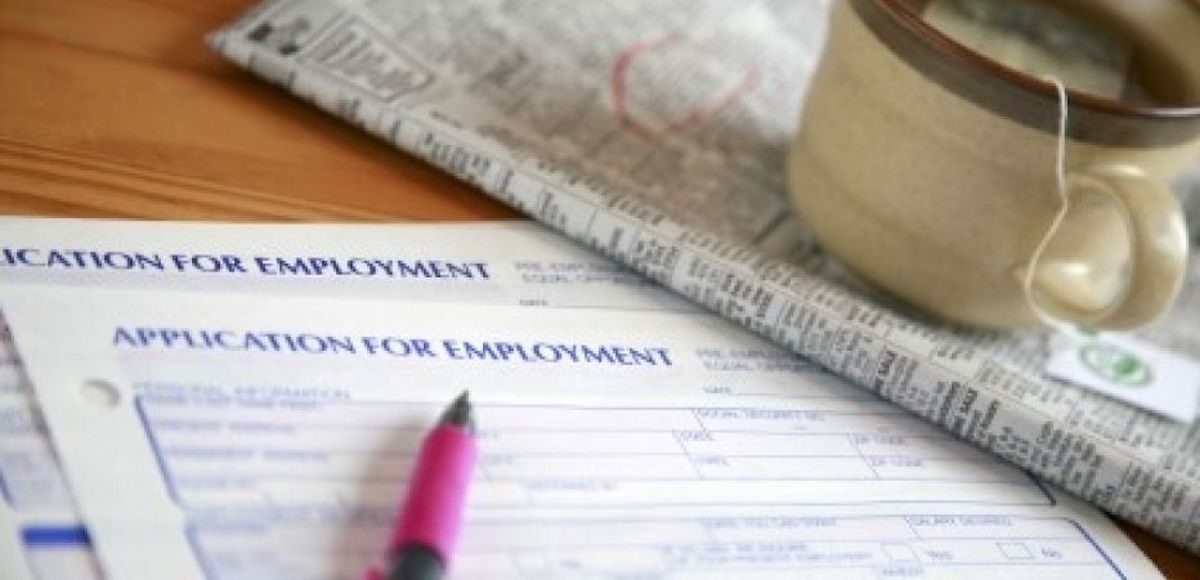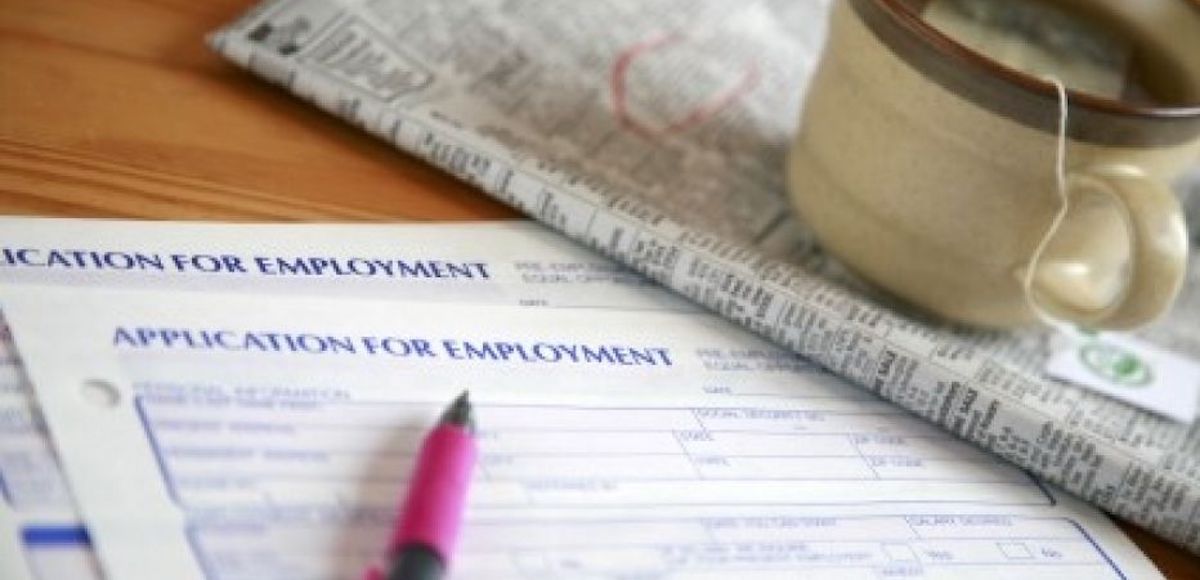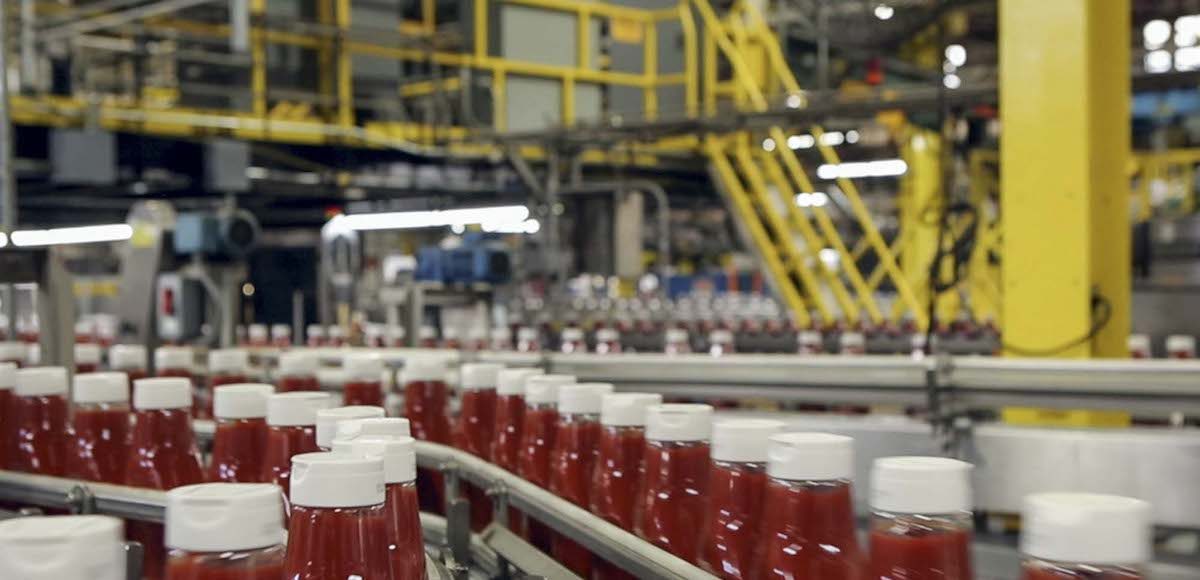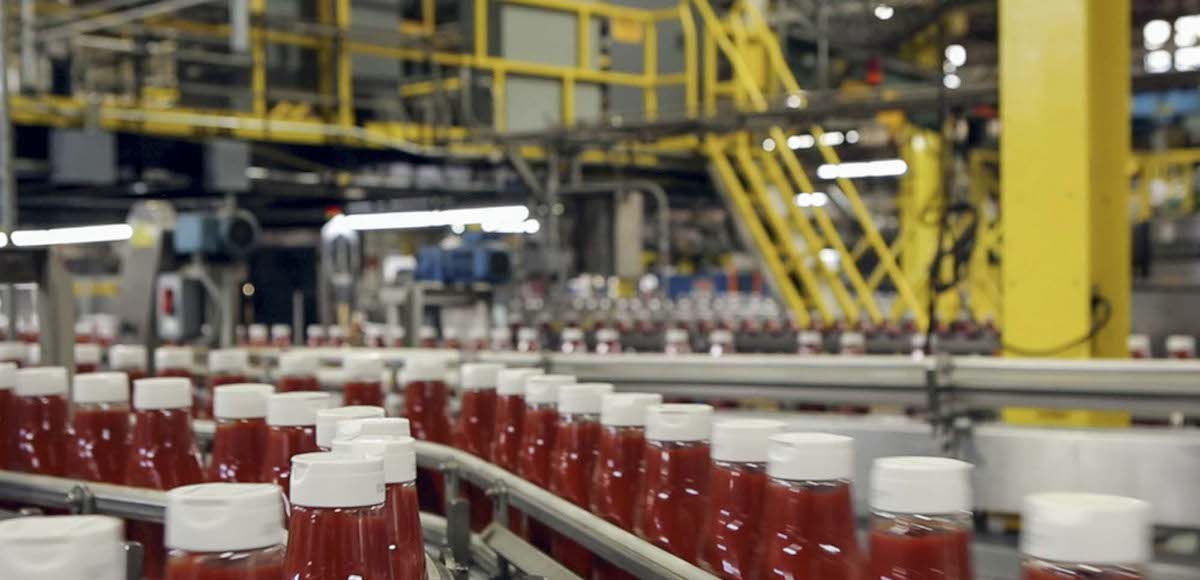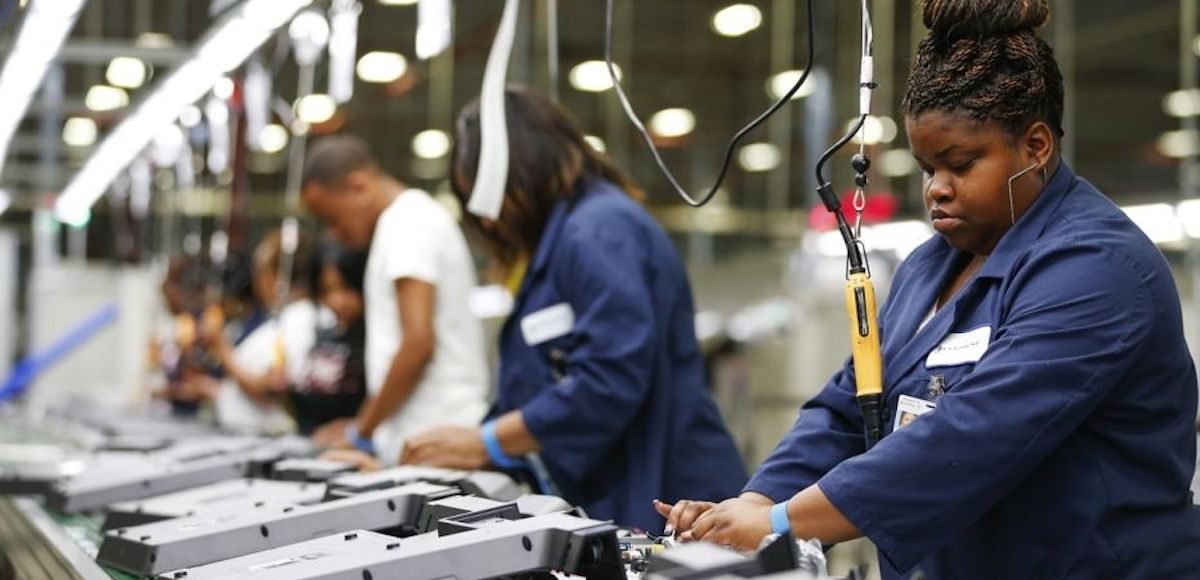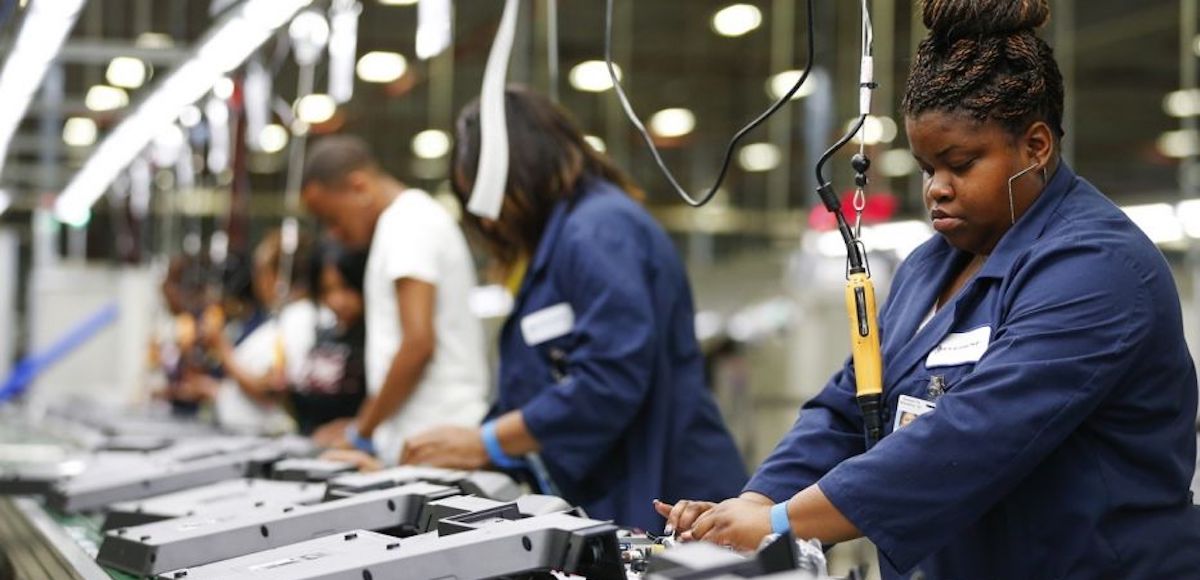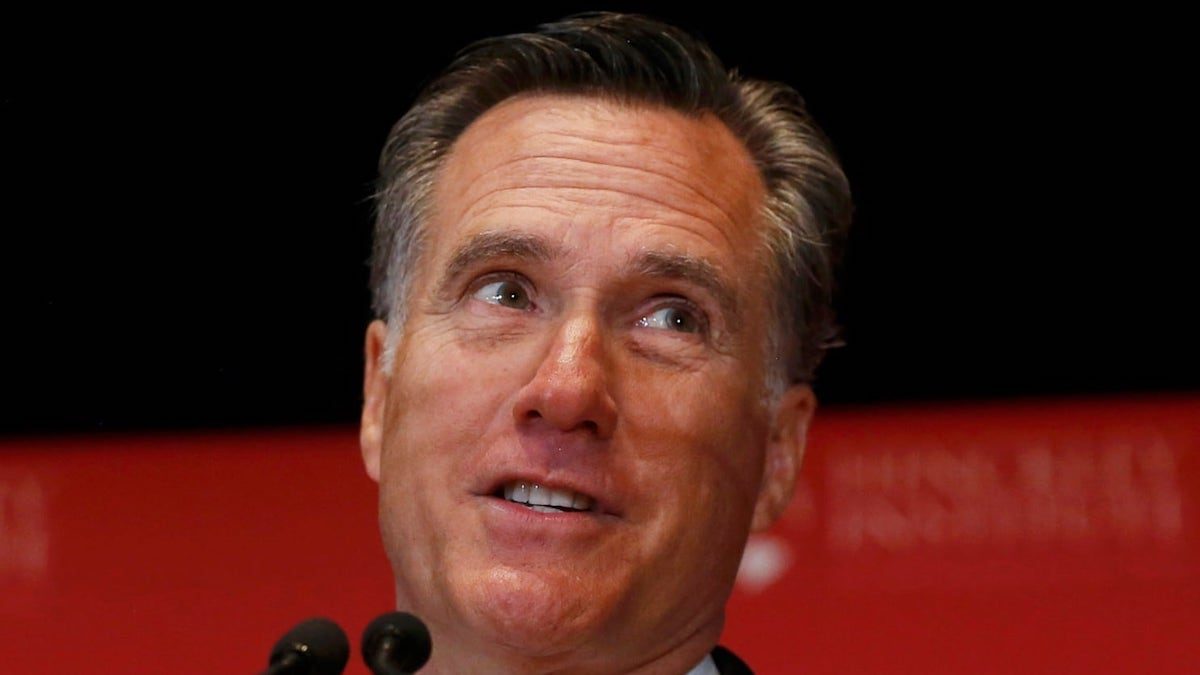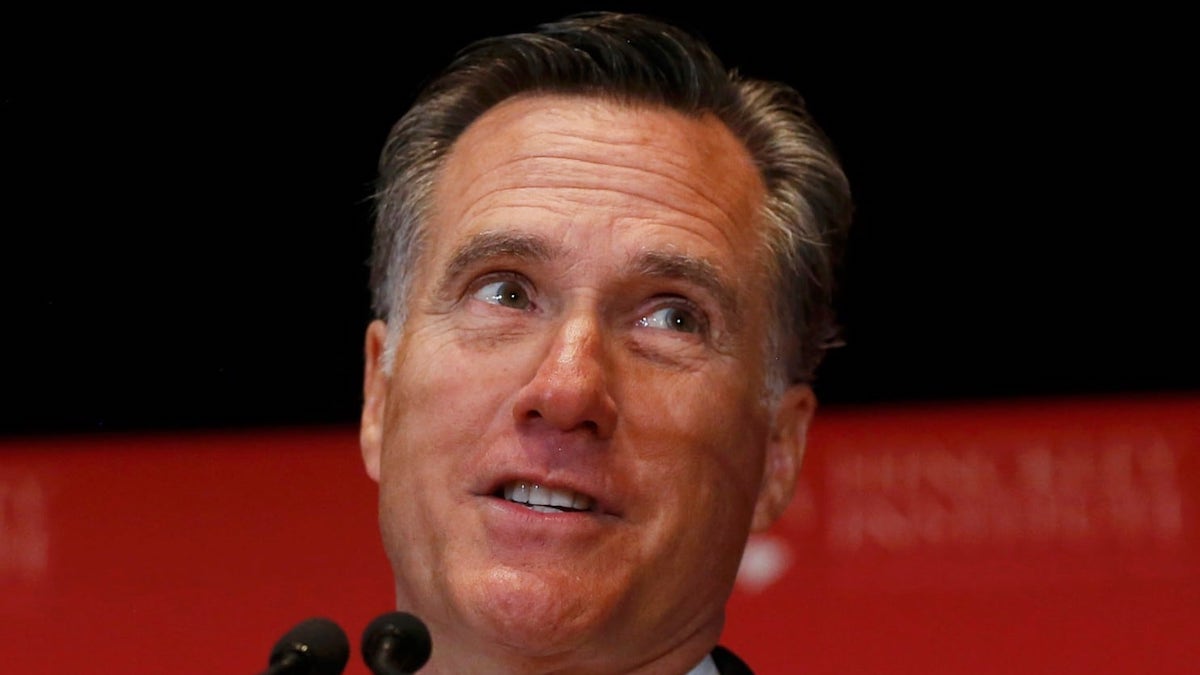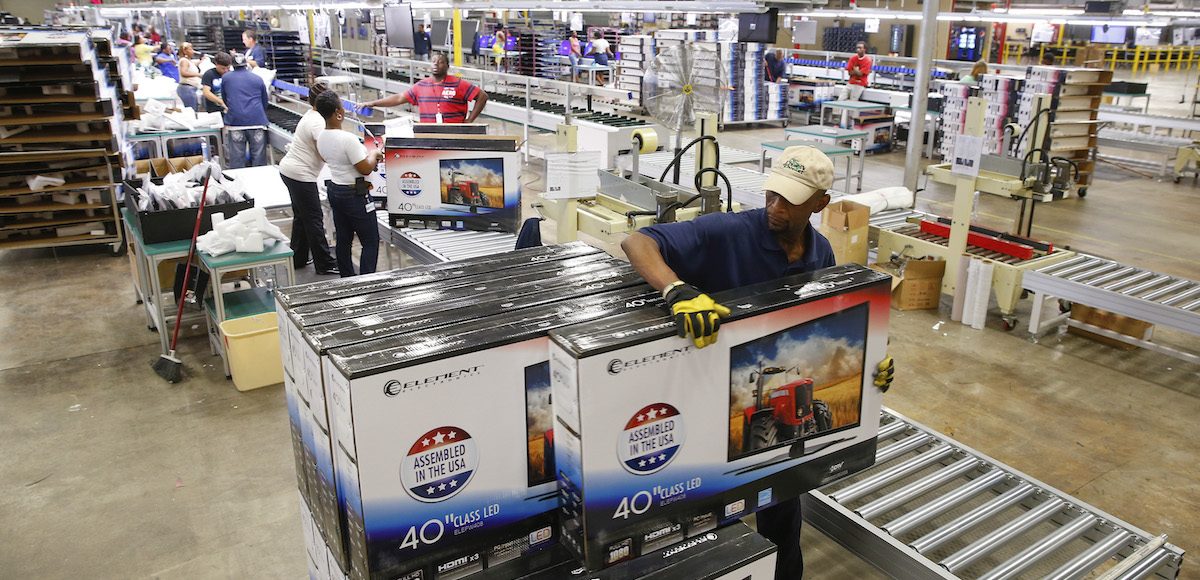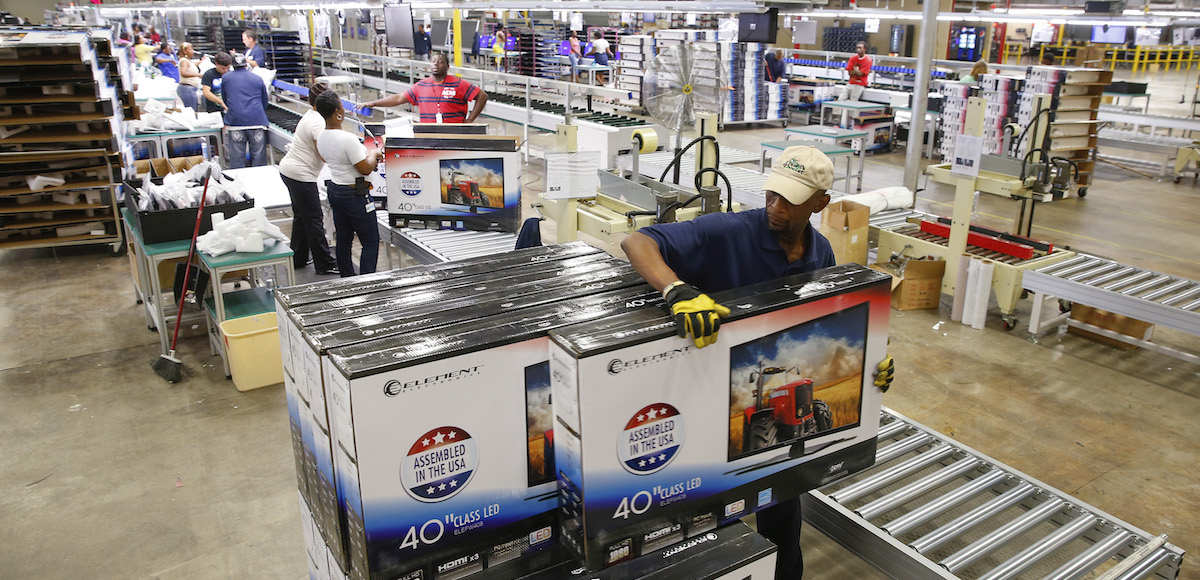Consumer Sentiment Soars to Second Highest Level Since 2004
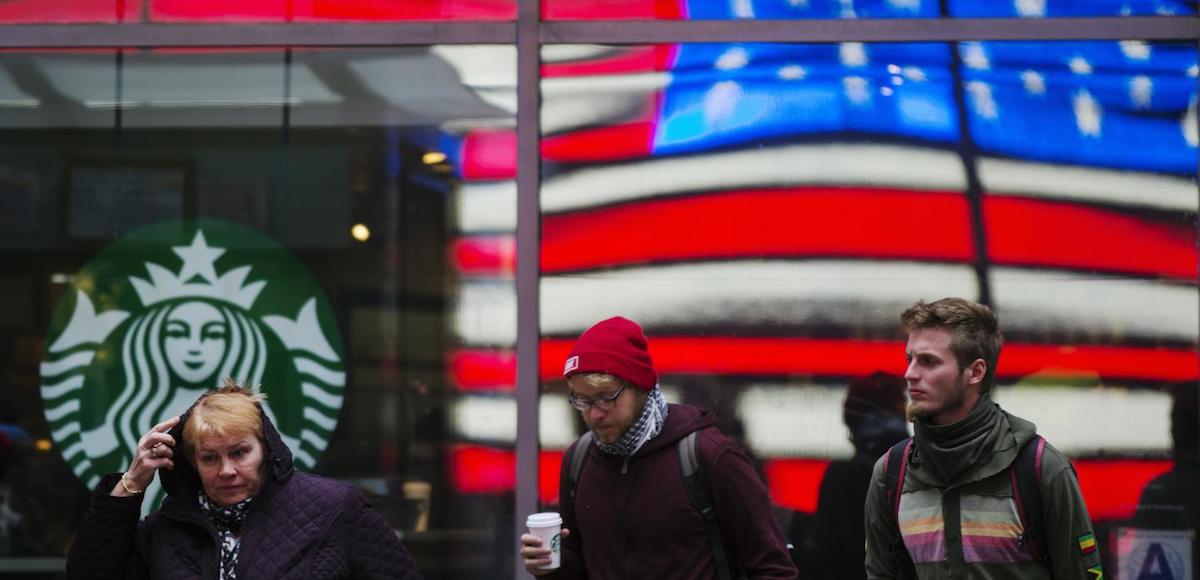
A woman pulls a hood over her head as she walks out of a Starbucks store into the cold wind at Times Square in New York, March 25, 2013. (Photo: Reuters)
The Survey of Consumers, a closely-watched gauge of consumer sentiment, rose in early February to its second highest level since 2004, despite recent volatility and a decline in stock prices.
The Index of Consumer Sentiment rose from 95.7 last month to 99.9, while the Current Economic Conditions rose from 110.5 to 115.1. The Index of Consumer Expectations gained from 86.3 to 90.2.
Overall, the data indicates an expected gain of 2.9% in real personal consumption expenditures (PCE) during 2018.
Even among households in the top third of the income distribution, the Sentiment Index rose to 112.8, the highest level since the prior peak of 114.2 was repeatedly recorded in 2007, 2004, and 2000.
“Stock market gyrations were dominated by rising incomes, employment growth, and by net favorable perceptions of the tax reforms,” Surveys of Consumers chief economist, Richard Curtin said. “Indeed, when asked to identify any recent economic news they had heard, negative references to stock prices were spontaneously cited by just 6% of all consumers.”
In other words, optimism over the Tax Cuts and Jobs Act is easily offsetting whatever concerns there are about the volatility in U.S. markets. With the exception of last October, this is the highest reading in 14 years.
More from Mr. Curtain:
In contrast, favorable references to government policies were cited by 35% in February, unchanged from January, and the highest level recorded in more than a half century. In addition, the largest proportion of households reported an improved financial situation since 2000, and expected larger income gains during the year ahead.
To be sure, higher interest rates during the year ahead were expected by the highest proportion of consumers since August 2005. Consumers also anticipated a slightly higher inflation rate, although the year-ahead inflation rate has remained relatively low and unchanged for the past three months.
Purchase plans have been transformed from the attraction of deeply discounted prices and interest rates that outweighed economic uncertainty, to being based on a sense of greater income and job security as the fewest consumers in decades mentioned the favorable impact of low prices and interest rates.
Next data release: Friday, March 02, 2018 for Final February data at 10:00 AM EST
The Survey of Consumers, a closely-watched gauge
